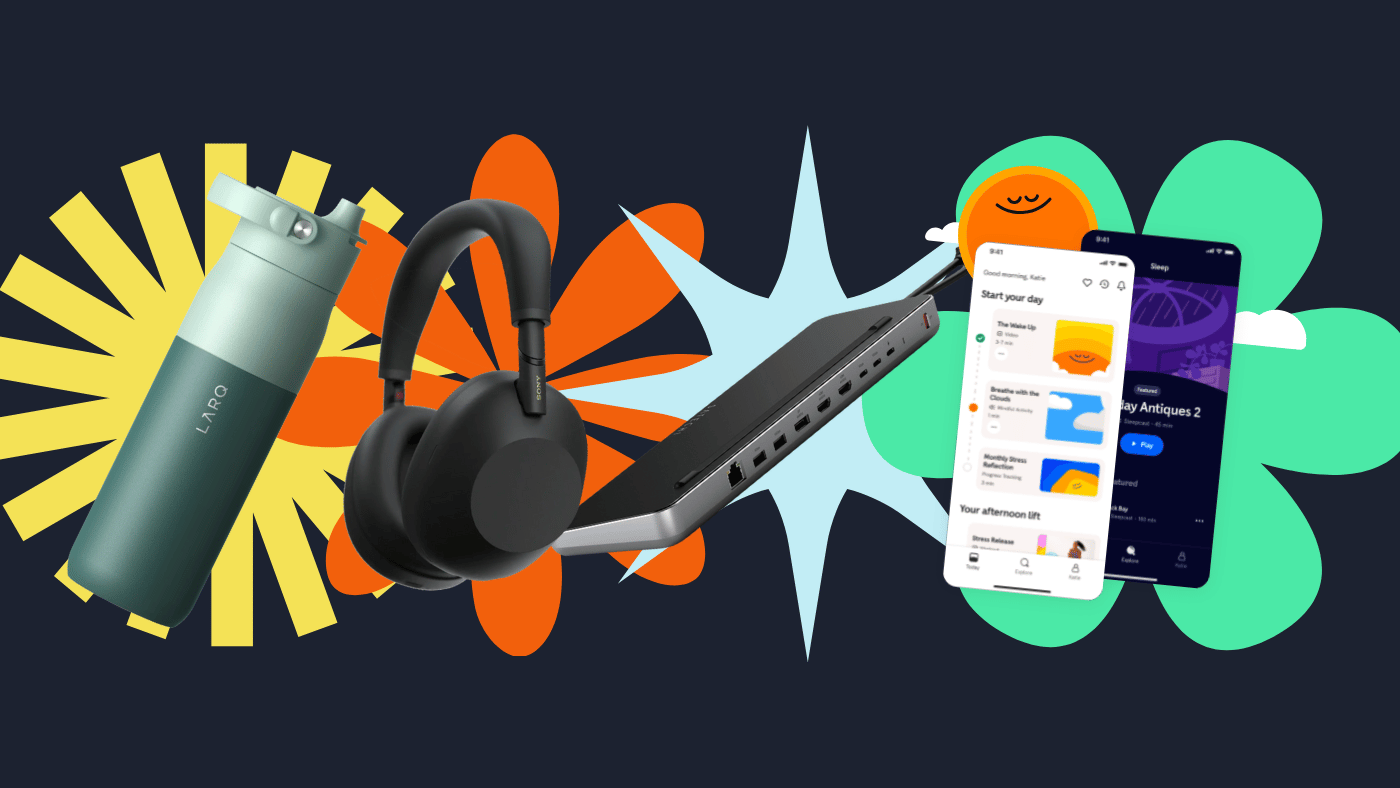Making Your Personal Injury Law Firm Workflows More Efficient
Written by
|
January 31, 2023
Written by Smokeball
|
January 31, 2023

Written by Jordan Turk
|
January 31, 2023

Automating personal injury workflows can help your law firm scale. When you lean on workflows to handle repetitive, time-consuming tasks allows your staff to take on more cases. However, automating an entire personal injury matter can be difficult because it can be unpredictable and involve multiple parties.
Let’s look at how you can optimize workflows for greater efficiency and set your case management software up for success by establishing clear processes for different aspects of your practice or stages of a case, like intake, onboarding, discovery phase, and settlement.
Challenges to automating litigation workflows
Automation relies on the following predetermined steps or rules to complete a task. If the outcome of a task is uncertain or there are many possible paths that the task could take, it can be difficult to design an automated process that can handle all of these potential scenarios. However, personal injury law firm case management software should be able to dependencies with ease.
In litigation, it’s not just that the outcome of a case is often uncertain, but how it will end is uncertain. With multiple parties involved, it can be hard to tell if a matter will settle easily or go to trial.
When opening your personal injury law matter, you might not always know how to map out all the stages of the case. But you can predict many aspects, and that’s where we’ll start with automating.
Setting your practice management software for success
So how do you handle these branching workflow dependencies in your law firm case management software? You start small by automating portions of your workflows to allow for a balance of standardization and customization.
First, begin by creating workflows as templates in your practice management software. Examples of workflows to turn into templates would be client onboarding, investigation, discovery, or deposition prep. These workflows can be further customized to fit the specific needs on a case-by-case basis.
Breaking down the essential personal injury workflows
Now, let’s look at the essential workflows you need to manage to efficiently handle your cases, from intake and onboarding to settlement and pre-trial processes.
Lead management workflows for personal injury firms
Whether you use a CRM, an excel sheet, or your practice management system, you need a way to store and organize information about potential clients. You need a system to track the progress of leads.
You want to create a lead management system to track where each lead is in the process, how long they have been there, and assign who needs to follow up with them.
And the straight-forward workflow is needed to manage leads effectively:
- Have the intake team create a new lead record and input detailed intake information, such as contact information, accident type, and injuries.
- Assign a staff attorney to follow up with the lead.
- If the lead is approved, convert it to a new matter and move on to new client onboarding.
Workflow for new client onboarding
This set of tasks ensures a standardized operation once you’ve engaged a new client. Every new client is set up the same way, has the same touch points, and signs the same paperwork.
The workflow for new client onboarding in a personal injury law firm typically includes the following steps:
- Schedule a client interview to gather more information about the case and the client’s needs and goals.
- Create a physical or electronic file to store discovery items and signed documents.
- Send a client engagement letter to outline the terms of the attorney-client relationship and obtain the client’s consent to represent them.
- Follow up with the client after sending the engagement letter to ensure that it has been received and to answer any questions.
- Confirm that the engagement letter has been signed and upload or attach it to the file.
- Confirm and add the contact information for all parties involved in the case to the matter file.
- Order an incident report to gather more information about the accident or incident that gave rise to the case.
- Send a letter of representation to the liability carrier to inform them that the firm represents the client and to request information about the claim.
- Issue records requests to medical providers to obtain relevant medical records and documents.
- Check in with the client to see how their treatment is progressing and provide updates on the case status.
- Follow up on medical record requests to ensure that all necessary documents have been received.
Adding Statute of Limitations reminders for personal injury law
Setting up reminders in a personal injury case is important so you do not miss the statute of limitations (SoL).
The following steps can be included:
- Add the incident date to the matter file. This is the starting point for calculating the SoL.
- Set up a reminder for one year before the SoL is set to expire. This gives the legal team plenty of time to consider their options and decide whether to pursue the case.
- Set up additional reminders at six months, two months, and three weeks before the SoL is set to expire. These reminders are urgent alerts to ensure that the SoL is not missed.
Working through a personal injury settlement
Creating templated workflows for a settlement can help a team coordinate the various tasks and moving parts involved in settling. Usually, when settling, there need to be concerted efforts to finalize negotiations, get paperwork signed, and follow up on outstanding items. Legal case management software can help coordinate the moving parts by automatically assigning tasks to different team members.
By breaking the process down into smaller steps and creating a workflow that assigns tasks based on completion or timing, team members can focus on their specific responsibilities and know what needs to be done and when it needs to be done.
- Confirm lien reduction amounts by contacting the lien holders and verifying the amounts agreed upon for reduction.
- Draft lien satisfaction letters to outline the terms of the lien reduction and provide instructions for how the lien holders should release the lien on the settlement proceeds.
- Get signed releases from the defendant and client.
- Negotiate reductions with providers and submit them to the attorney responsible for approval.
- Once the reductions have been approved, the next step is to send reduction request letters to the lien holders.
- Verify that all of the reductions are received by holders.
- Deposit settlement check and record on the IOLTA ledger.
- Create a disbursement sheet to document how the settlement proceeds should be distributed.
- Receive signed disbursement sheet.
- Cut checks to clients and providers entitled to receive a portion of the settlement proceeds.
If you want to save time and reduce errors when creating documents and filing forms, read on here.
Layering in ad-hoc personal injury workflows
Ad-hoc workflows are smaller sets of tasks that can be employed when needed to easily adjust processes to fit the unique needs of each individual case. By breaking down the work into smaller pieces, you can launch specific tasks when you have an upcoming deposition or trial prep.
So, while we are working on pre-trial procedures, we can ensure that nothing is missed by customizing our workflows.
Prepping for a Deposition
Prepping for a deposition involves a lot of research, communication, and organization. To ensure that everything is covered during the deposition, follow these steps:
- Coordinate with the client and other parties to arrange a deposition date.
- Add the deposition date.
- Schedule deposition prep with the client.
- Get medical narratives from treating doctors.
- Review the opposing party’s responses.
- Book a court reporter for deposition.
- Assign the location for the deposition.
- Confirm deposition with attendees.
Creating a pre-trial workflow
Each law firm will have unique needs and priorities when preparing for a trial. Firms should customize their pre-trial workflow to ensure that all necessary tasks are completed promptly and efficiently.
By working backward from the trial date and identifying the specific tasks that need to be completed, firms can standardize their approach to trial preparation and ensure that all team members are working towards the same goal.
Use the following as a basic workflow for trial prep:
- Draft the complaint, email the client the complaint, and get approval to file.
- Add trial date information.
- 90 days before trial: subpoena witnesses, confirm that all medical records are certified, schedule trial prep with the client, and get exhibits prepared.
- 60 days before trial: Prepare witness list, create trial binders, and create demonstrations.
- 30 days before trial: prep trial devices and boxes to take and finalize the last steps.
Automate one step at a time
Although it’s something easier said than done, don’t get overwhelmed with trying to automate every aspect of your legal practice. Break down the various tasks involved in handling the routine and common aspects of your personal injury cases into smaller steps. From there, you can create templated workflows.
While implementing automated workflows may require an initial investment of time and resources, the long-term benefits can be significant. By automating workflows, personal injury law firms can improve their client service, increase their productivity, and ultimately grow your firm.
Workflow Template for PI Firms
Download NowLearn more about Smokeball document management for law firms:
Book Your Free Demo
Ready to see how Smokeball client intake software helps you Run Your Best Firm? Schedule your free demo!

















